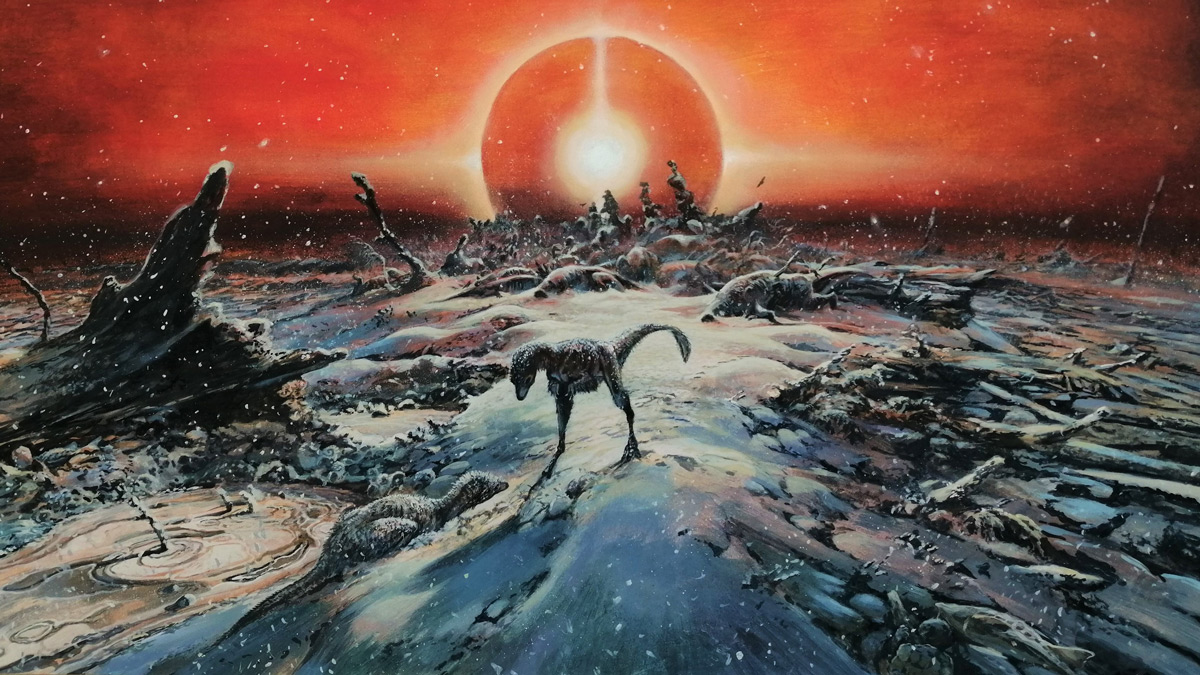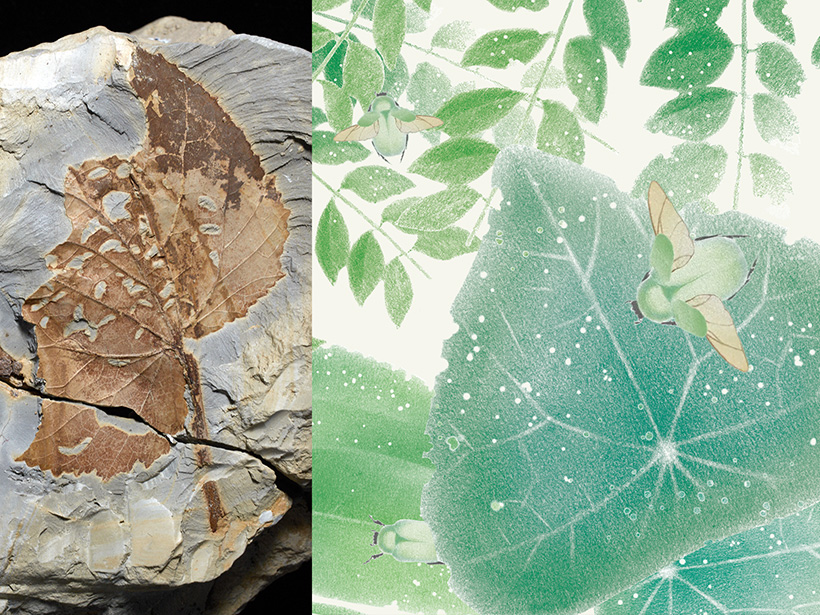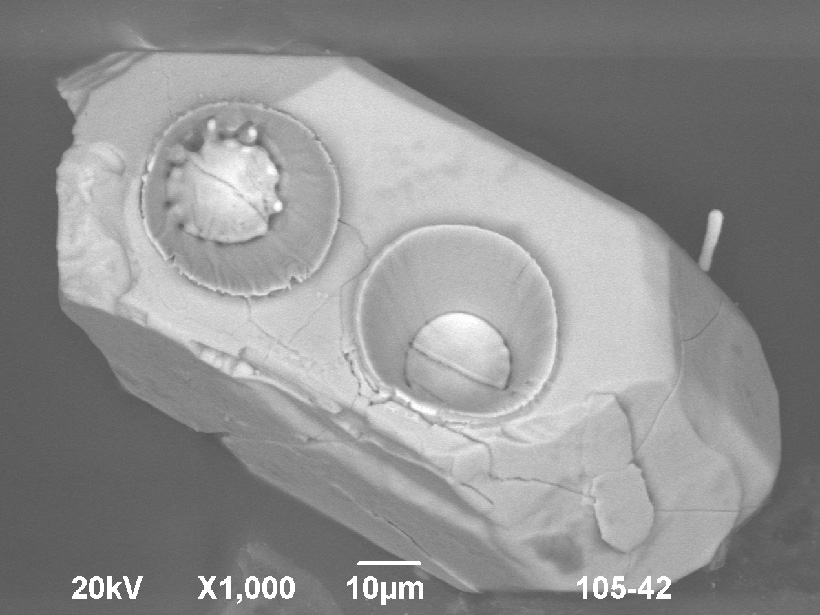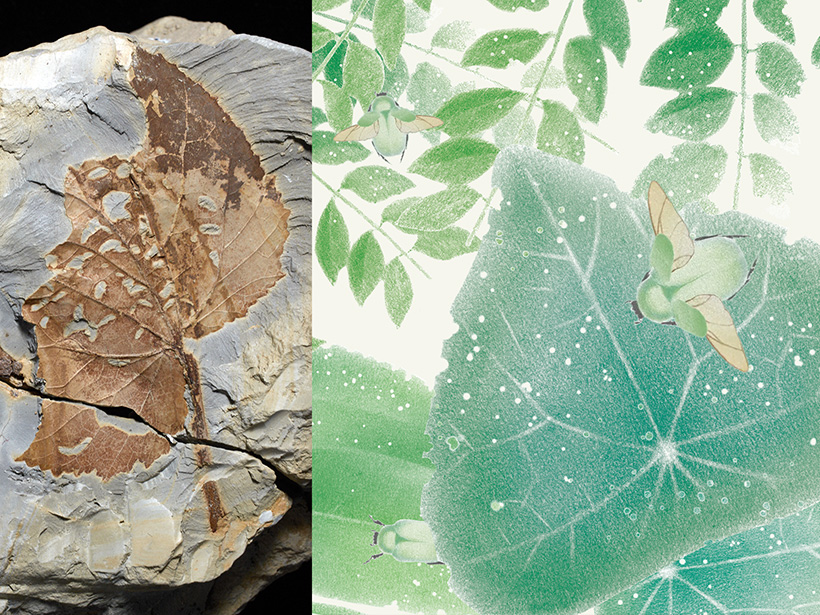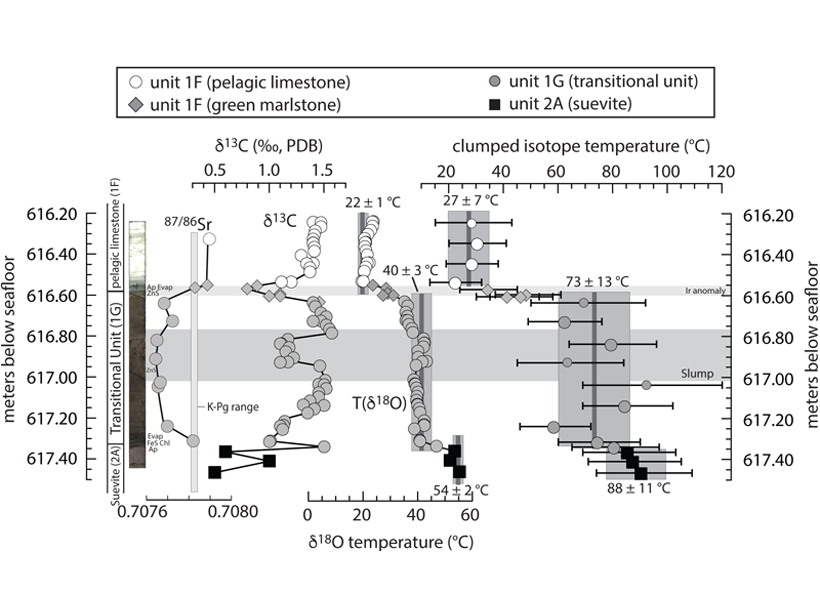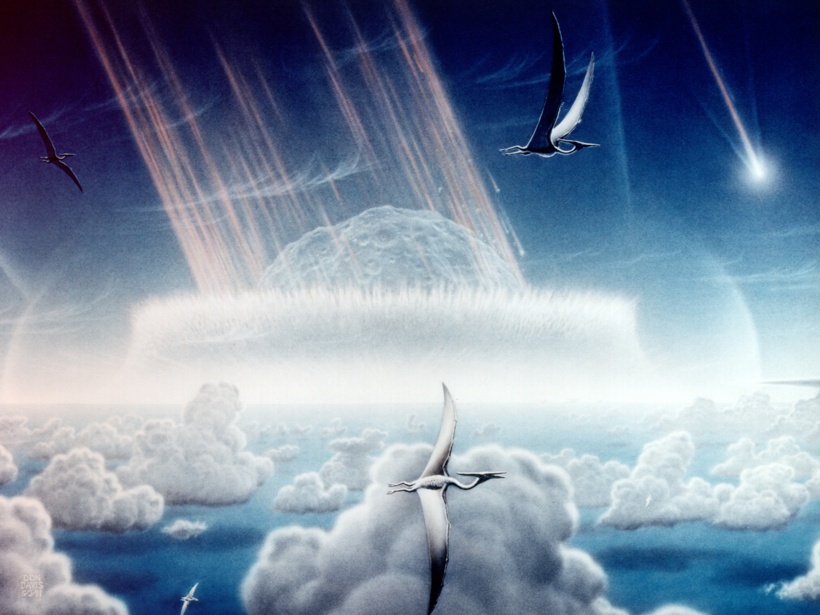Running into the right space rock at the right time may have been enough to tip Earth into a runaway cold spell.
Chicxulub Crater
Impact Crater off the African Coast May Be Linked to Chicxulub
The underwater crater, spotted serendipitously in commercial observations of seafloor sediments, is believed to have formed at roughly the same time as the famous Cretaceous-Paleogene impact event.
A Post-Impact Deep Freeze for Dinosaurs
New research supports the hypothesis that dinosaurs were done in by climate change after an asteroid impact kicked up a massive plume of sulfur gases that circled the globe for several decades.
Shining a Spotlight on the Chicxulub Impact Crater
A new seismic survey of the Chicxulub impact crater reveals the structure of its peak ring and the sediments that cover it.
El impacto de Chicxulub cambió para siempre la biodiversidad de la selva tropical
Hace sesenta y seis millones de años, un asteroide reinició la mayor parte de la vida en la Tierra. Pero sin este evento catastrófico, la composición de las selvas tropicales neotropicales no sería la misma.
Vestiges of a Volcanic Arc Hidden Within Chicxulub Crater
Scientists discovered magmatic remnants of a volcanic arc by dating granitic rocks of the middle crust excavated by, and hidden within, the Chicxulub impact crater.
Chicxulub Impact Changed Tropical Rain Forest Biodiversity Forever
Sixty-six million years ago, an asteroid reset most of life on Earth. But without this catastrophic event, the composition of neotropical rain forests wouldn’t be the same.
Life in the Chicxulub Crater Years After It Was Formed
While the seas were still churning from the impact and the seawater temperatures were high due to the hydrothermal activity, life was reestablishing itself inside the crater.
Asteroid Impact, Not Volcanism, Likely Spelled Dinosaurs’ End
Using climate and habitat modeling, researchers show that solar dimming caused by an asteroid impact would have plunged the world into an “impact winter” and decimated dinosaur habitats.
Chicxulub Impact Crater Hosted a Long-Lived Hydrothermal System
Chemical and mineralogical evidence of fluid flow—potentially conducive to microscopic life—was revealed in rock cores extracted from the crater’s “peak ring.”



